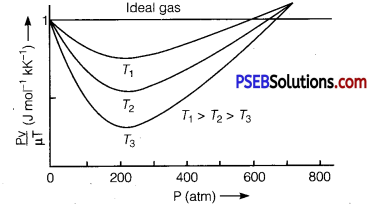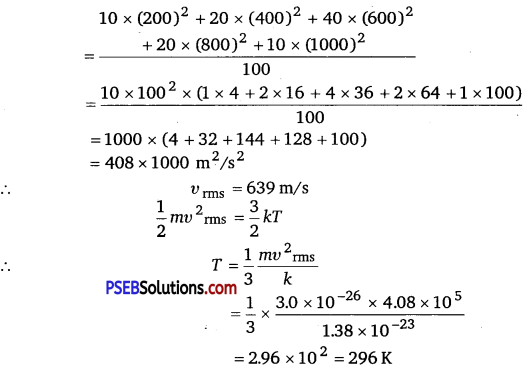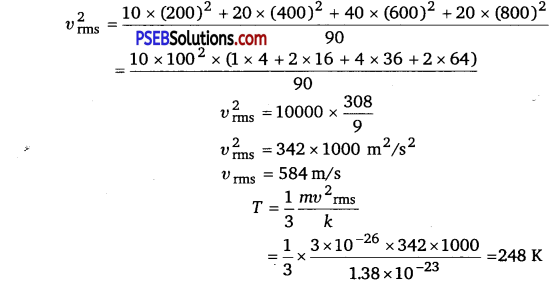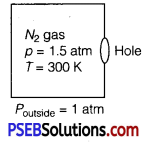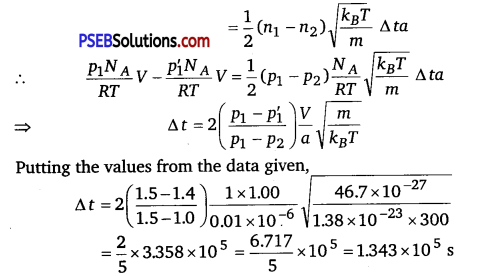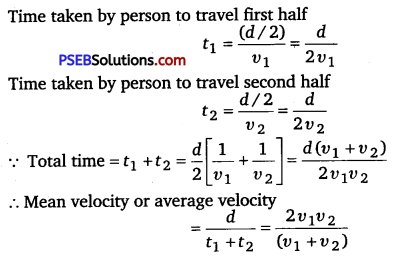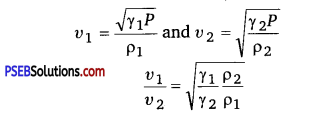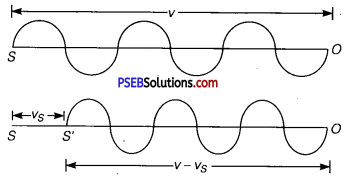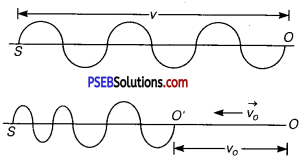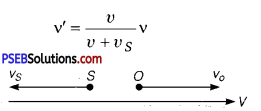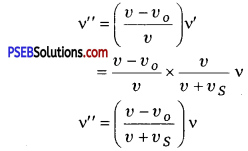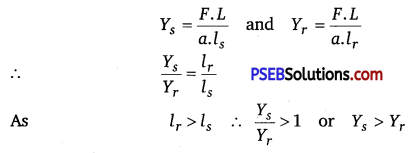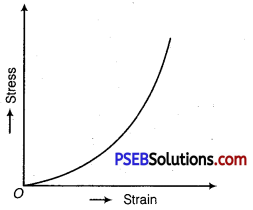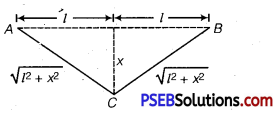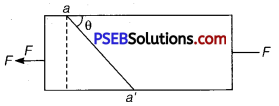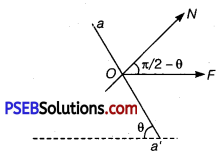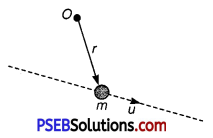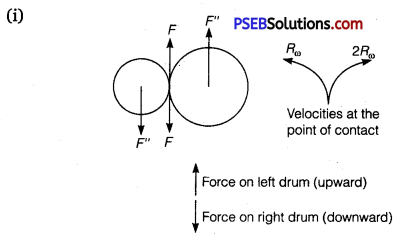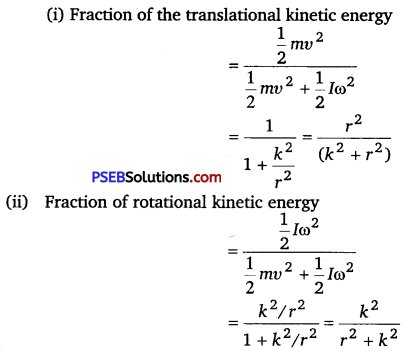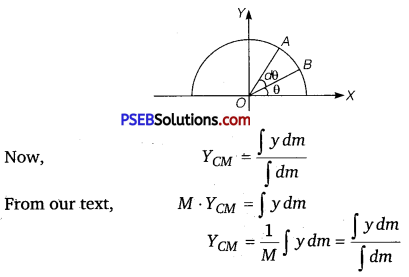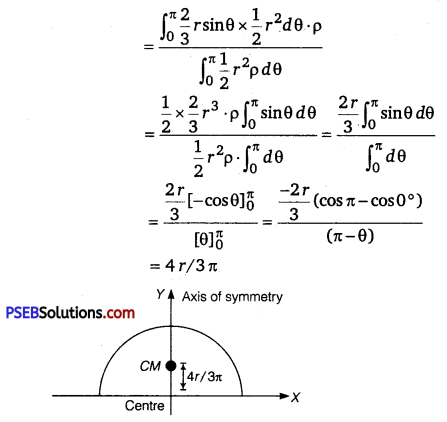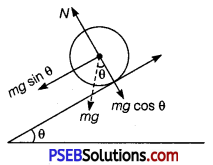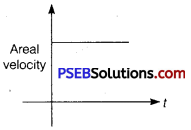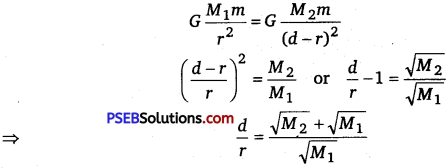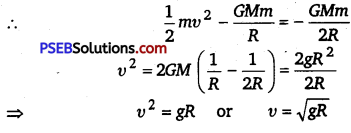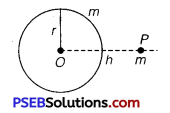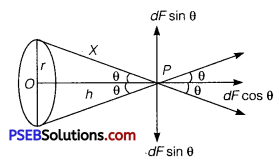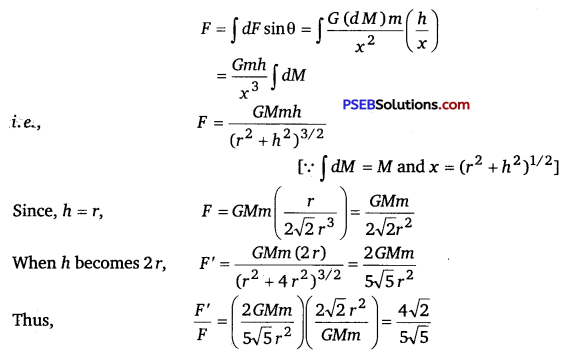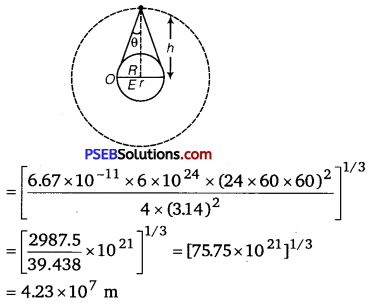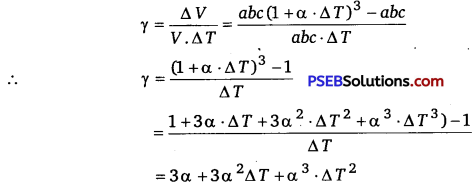Punjab State Board PSEB 11th Class Physics Important Questions Chapter 1 Physical World Important Questions and Answers.
PSEB 11th Class Physics Important Questions Chapter 1 Physical World
Very short answer type questions
Question 1.
Why do we call Physics an exact Science?
Answer:
Most of measurement in Physics are made with high precise and accuracy, so it is called an exact Science.
Question 2.
Give two approaches to study physics.
Answer:
Two approaches to study physics are unification and reduction.
Question 3.
Name the scientific principle behind the technology of steam engine.
Answer:
Laws of thermodynamics is the scientific principle behind the technology of steam engine.
![]()
Question 4.
Give one major discovery resulted due to basic laws of electricity and magnetism.
Answer:
Wireless communication technology was a major discovery due to laws of electricity and magnetism.
Question 5.
What is the range of weak nuclear force?
Answer:
The range of a weak nuclear force is of the order of 10-16 m.
Question 6.
Give an example of achievement in unification.
Answer:
Unified celestial and terrestrial mechanics showed that the same laws of motion and the law of gravitation apply to both the domains.
Question 7.
Give an example for conservation law of energy.
Answer:
A freely falling body under gravity is an example of conservation law of energy.
Short answer type questions
Question 1.
Give the salient features of Einstein’s theory.
Answer:
According to Einstein
- Mass and energy are interconvertible.
- Space and time are interconnected.
Question 2.
Name the phenomena/fields with which microscopic domain of physics deals. Which theory explains these phenomena?
Answer:
The microscopic domain of physics deals with the constitution and structure of matter at atomic and nuclear scale.
The Questionuantum theory is currently accepted, as the proper framework for explaining microscopic phenomena.
![]()
Question 3.
Name three important discoveries of physics, which have revolutionised modem chemistry.
Answer:
Three important discoveries of physics, which have revolutionised modem chemistry are :
- study of radioactivity,
- quantum theory
- study of isotopes and determination of their masses by mass spectrographs.
Question 4.
Name four fundamental forces in nature.
Answer:
Four fundamental forces present in nature are:
- Gravitational force
- Electromagnetic force
- Weak nuclear force
- Strong nuclear force.
Question 5.
Name three important discoveries of physics, which have contributed a lot in development of biological sciences.
Answer:
The most important discoveries of physics, which have contributed a lot in development of biological sciences are :
- Ultrasonic waves.
- X-rays and neutron diffraction technique.
- Electron microscope.
- Radio isotopes.
Question 6.
Briefly explain how physics is related to technology?
Answer:
Progress in the field of science and technology is interrelated. Sometimes technology gives rise to new physics and at other times physics generates new technology. The discipline of thermodynamics arose mainly to understand and improve the working of heat engines. Similarly discovery of basic laws of electricity and magnetism led to development of wireless communication technology. Therefore, we can conclude that physics and technology are closely related.
Long answer type questions
Question 1.
How Physics is related to other sciences?
Answer:
Physics is so important branch of science that without the knowledge of Physics, other branches of science cannot make any progress. This can be seen from the following:
(a) Physics in relation to Mathematics: The theories and concepts of Physics lead to the development of various mathematical tools like differential equations, equations of motion etc.
(b) Physics in relation to Chemistry: The concept of interaction between various particles lead to understand the bonding and the chemical structure of a substance. The concept of X-ray diffraction and radioactivity had helped to distinguish between the various solids and to modify the periodic table.
(c) Physics in relation to Biology: The concept of pressure and its measurement has helped us to know the blood pressure of a human being, which in turn is helpful to know the working of heart. The discovery of X-rays has made it possible to diagonose the various diseases in the body and fracture in bones. The optical and electron microscopes are helpful in the studies of various organisms. Skin diseases and cancer can be cured with the help of high energy radiations like X-rays, ultraviolet rays.
(d) Physics in relation to Geology: The internal structure of various rocks can be known with the study of crystal structure. Age of rocks and fossils can be known easily with the help of radioactivity i. e., with the help of carbon dating.
(e) Physics in relation to Astronomy: Optical telescope has made it possible to study the motion of various planets and satellites in our solar system.
Radio telescope has helped to study the structure of our galaxy and to discover pulsars and quasars (heavenly bodies having star like structure). Pulsars are rapidly rotating neutron stars. Doppler’s effect predicted the expAnswer:ion of universe. Kepler’s laws are responsible to understand the nature of orbits of the planets around the sun.
(f) Physics in relation of Meterology: The variation of pressure with temperature leads to forecast the weather.
(g) Physics in relation to Seismology: The movement of earth’s crust and the types of waves produced help us in studying the earthquake and its effect.
![]()
Question 2.
Write short note on origin and Fundamental forces in nature.
Answer:
These are the. following four basic forces in nature:
(a) Gravitational forces
(b) Electromagnetic forces
(c) Strong force or nuclear forces
(d) Weak forces.
Some of the important features of these forces are discussed below:
(a) Gravitational forces: These are the forces of attraction between any two bodies in the universe due to their masses separated by a definite distance. These are governed by Newton’s law of gravitation given by
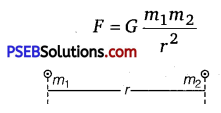
where, m1, m2 are the masses of two bodies
r = distance between them
G = Universal gravitational constant
= 6.67 × 1011 Nm2kg2
Characteristics of Gravitational Forces
- They are always attractive. They are never repulsive. They exist between macroscopic as well as microscopic bodies.
- They are the weakest forces in nature.
- They are central forces in nature i. e., they set along the line joining the centres of two bodies.
- They are conservative forces.
- They obey inverse square law i.e.,F ∝ \(\frac{I}{r^{2}}\) they vary inversely as the
square of the distance between the two bodies. - They are long range forces i.e., gravitational forces between any two bodies exist even when their distance of separatioji is quite large.
- The field particles of gravitational forces are called gravions. The concept of exchange of field particles between two bodies explains how the two bodies interact from a distance.
(b) Electromagnetic forces: They include the electrostatic and magnetic forces. The electrostatic forces are the forces between two static charges while magnetic forces are the forces between two magnetic poles. The moving charges give rise to the magnetic firce. The combined action of these forces are called electromagnetic forces.
Characteristics of Electromagnetic Forces
- These forces are both attractive as well as repulsive.
- They are central forces in anture.
- They obey inverse sQuestionuare law.
- They are conservative forces in nature.
- These forces are due to the exchange of particles known as photons which carry no charge and have zero rest mass.
- They are 10 times stronger as compared to gravitational forces and 1011 times stronger than the weak forces.
(c) Strong forces: They are the forces of nuclear origin. The particles inside the nucleus are charged particles (protons) and neutral particles (neutrons) which are bonded to each other by a strong interaction called nuclear force or strong force.
Hence they may be defined as the forces binding the nucleons (protons and neutrons) together in a nucleus. They are responsible for the stability of the atomic nucleus. They are of three types :
- n-n forces are the forces of attraction between two neutrons.
- p-p forces are the forces of attraction between two protons.
- n-p forces are the forces of attraction between a proton and a neutron.
Characteristics of Strong Forces
- They are basically attractive in nature and become repulsive when the distance between nucleons is less than 0.7 fermi.
- They obey inverse square law.
(d) Weak forces: They are defined as the interactions which take place between elementary particles during radioactive decay of a radioactive substance. In β – decay, the nucleus changes into a proton, an electron and a particle called anti-neutrino (which is uncharged). The interaction between the electron and the anti-neutrino is known as weak interaction or weak force.
Characteristics of Weak Forces
- They are 1025 times stronger than the gravitational forces.
- They exist between leptons and leptons, leptons and mesons etc.
(a) and (b) types are the forces that we encouncer in macroscopic world while (c) and (d) types are the forces that we encountered in microscopic world.



